Endometriosis: Causes, Symptoms And Treatment
[ad_1]
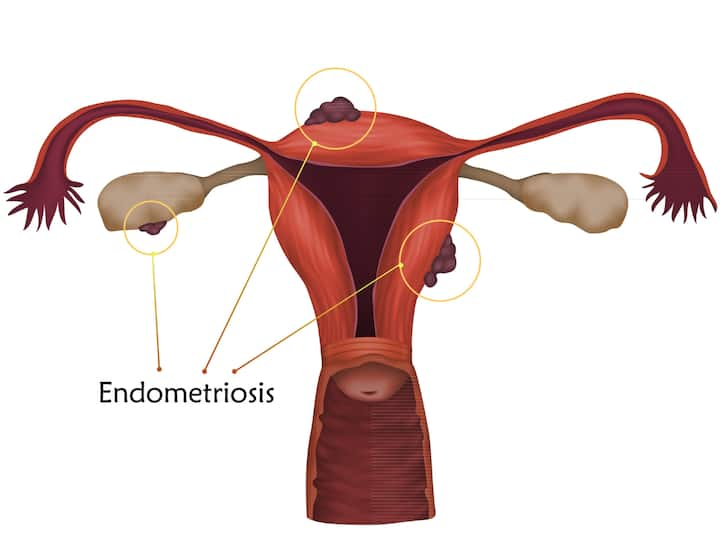
Endometriosis is a painful, non-malignant disease. (Image source: getty images)

It affects 5–15% of all women, and currently, about 42 million females in India alone suffer from this painful disease. (Image source: getty images)
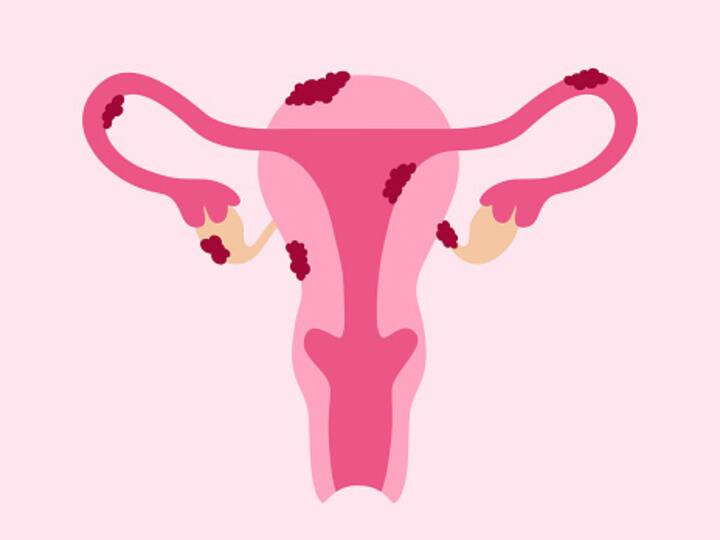
It occurs due to the presence of tissue similar to that lining the uterus (endometrium) being present in abnormal sites, most commonly on the ovary and behind the uterus or on the lining of the abdominal organs (peritoneum). (Image source: getty images)

The condition is termed adenomyosis when this tissue is present in the wall of the disease. The common symptoms are painful periods, painful intercourse, difficulty getting pregnant, and chronic pain in the lower abdomen.(Image source: getty images)
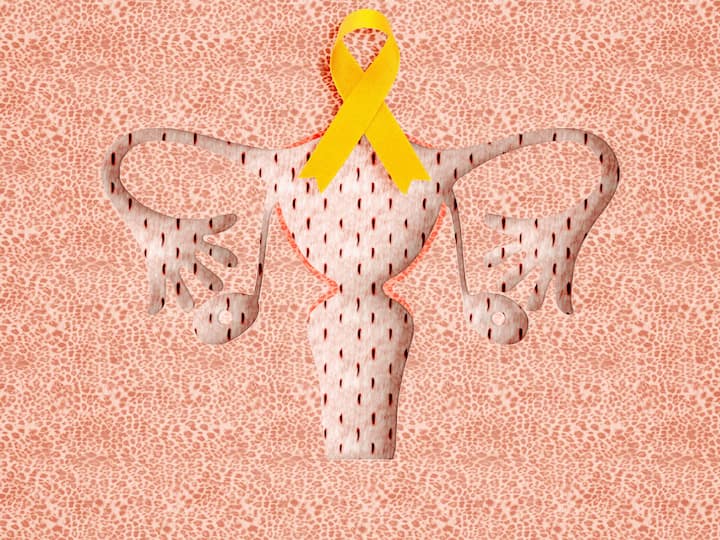
Some symptoms are specific to the site where they are present, like cyclical coughing of blood during periods in lung endometriosis or cyclical blood in urine in bladder endometriosis, etc. (Image source: getty images)
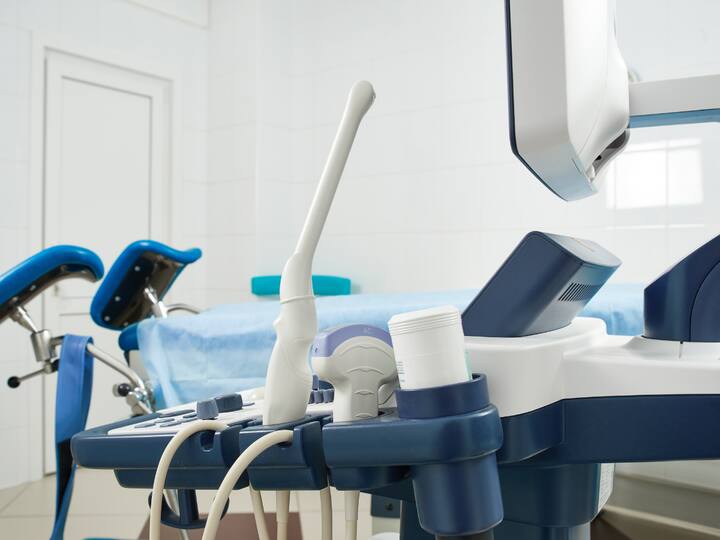
The good news is that we can now diagnose endometriosis and adenomyosis by performing good transvaginal ultrasonography and/or an MRI. Earlier, laparoscopy was the only way to diagnose this condition. (Image source: getty images)

Fortunately, science has advanced, and we now have effective modalities to control the symptoms and progression of disease. These include medical, non-surgical, and surgical treatments. (Image source: getty images)
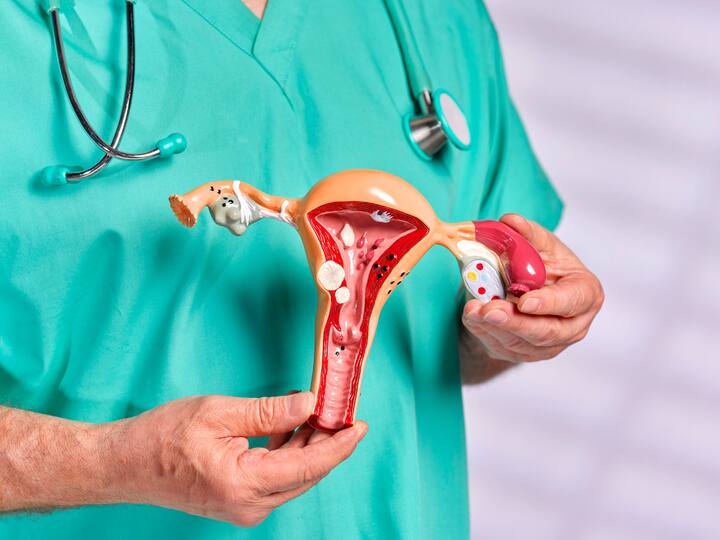
The key to success is early diagnosis and appropriate intervention to halt the progression of the disease. So, be aware, spread awareness, and join the war against endometriosis! (Image source: getty images)

Inputs By: Dr. Gayathri Karthik Nagesh, HOD & Consultant, Obstetrics & Gynaecology, Manipal Hospital, Old Airport Road, Bengaluru (Image source: getty images)
Published at : 12 Apr 2024 02:46 PM (IST)
[ad_2]
Source link